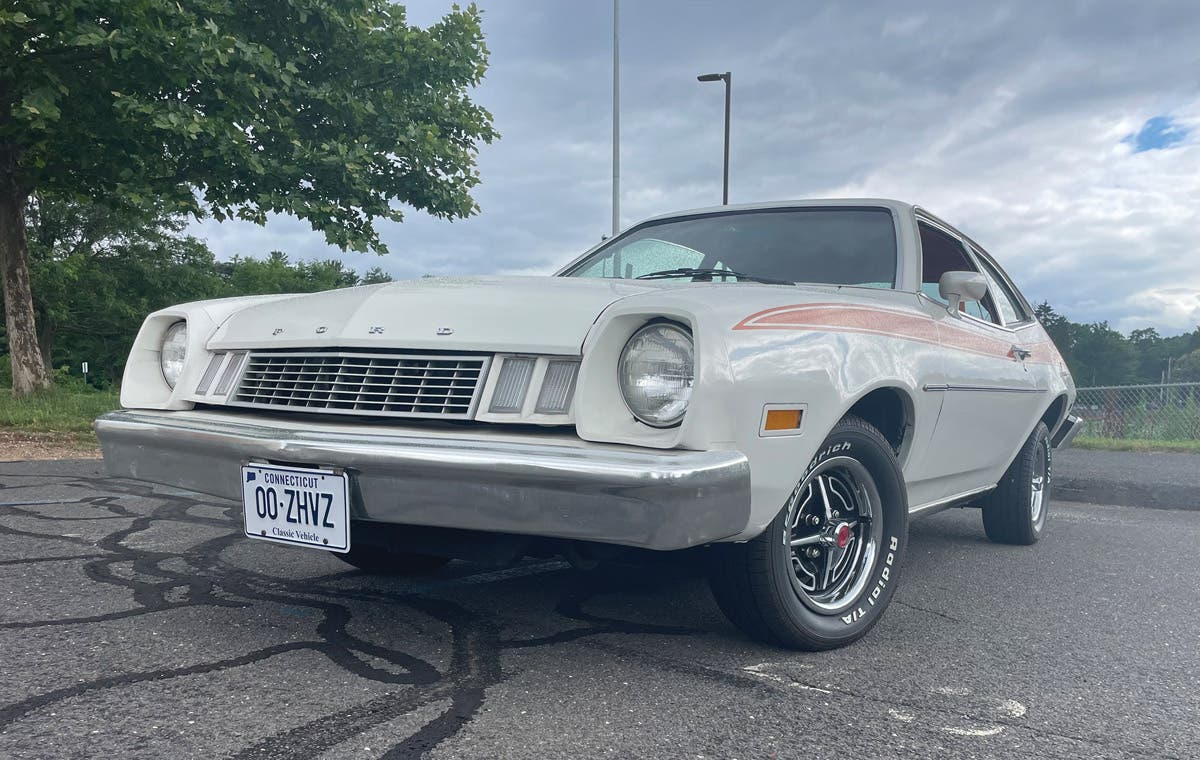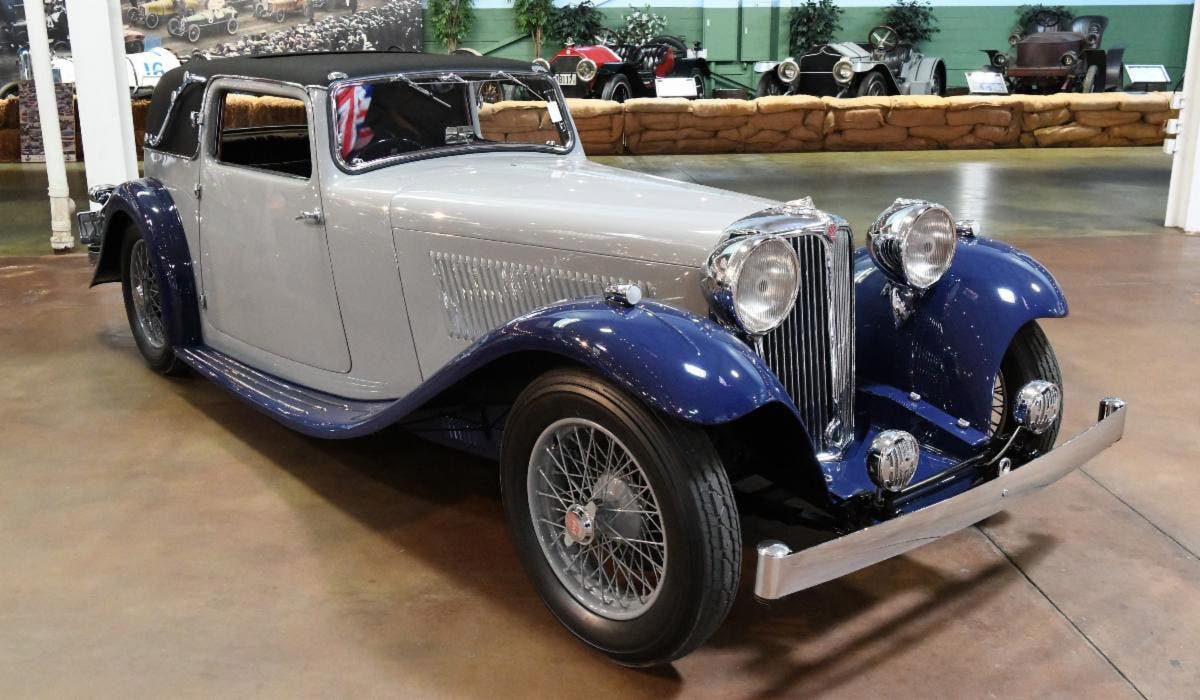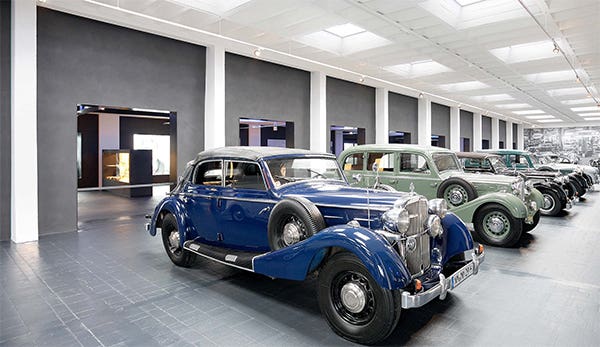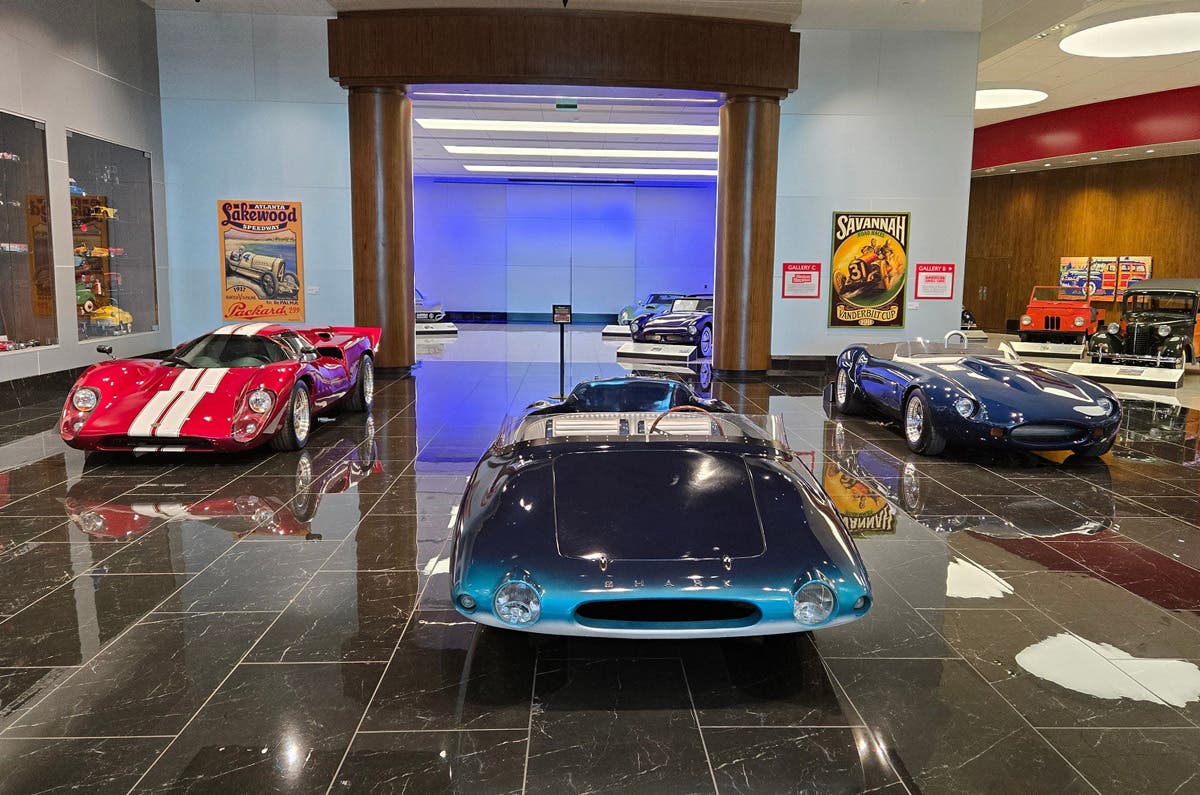Stearman Survivor
Famous airplanes, unknown automobiles by Stearman By Phil Skinner Probably one of the most famous early aircraft makers in the United States was Stearman Aircraft Corp. First established in 1926,…
Famous airplanes, unknown automobiles by Stearman
By Phil Skinner
Probably one of the most famous early aircraft makers in the United States was Stearman Aircraft Corp. First established in 1926, Stearman produced only a few planes at the Venice, Calif., facility before the money ran out. Lloyd Stearman, the man behind the name, moved to Wichita, Kan., where several other airplane makers were having some success. In September 1927, he re-established his company and began building sturdy and dependable biplanes. Eventually, the Stearman name became part of Boeing Aircraft Corp., which had a growing manufacturing facility in Wichita.
The original Stearman name was used in production through the late 1940s and a number of different models were built under the brand. In the late 1930s, Stearman’s most famous product, the Model 75 Kaydet, was ordered in great numbers by the U. S. Army, where they were used as trainer planes in preparation for and during World War II. After the war, Stearman was relegated to the status of a small subsidiary of Boeing, where several aviation products were developed and manufactured.
In 1970, looking for other avenues to build the business for Stearman products, the company developed the idea of a Stearman automobile. By the end of 1973, only three prototypes were produced. The example owned and on display at the Kansas Aviation Museum located just outside the gate of McConnell Air Force Base is believed to be the only survivor. The body is mounted on an integral chassis with a wheelbase of 90 inches, which was about 4 inches shorter than the Ford Pinto of the same era. Designed to be an “around town” vehicle, it was propelled by a 20-hp Kohler K532 two-cylinder, two-cycle engine. Power was transmitted to the rear wheels via a planetary transmission and chain drive.
On display at the Kansas Aviation Museum is a four-passenger roadster. There is no folding top currently with the car, but snaps around the back and sides of the body are in place to secure the top material. Those snaps continue onto both doors and along the top and both sides of the windshield frame. High-back black vinyl bucket seats are provided for the driver and front seat passenger with a small padded bench seat for the rear-seat passengers. Instrumentation appears to have been sourced from several manufacturers and includes fuel and amperes gauges, a tachometer from Wico, an aviation-style temperature gage for each cylinder and a speedometer that appears to have come from a Cushman motor scooter indicating a top speed of 60 mph.
Styling of the all-steel roadster is quite crude. The body is painted red with the “Stearman” name emblazoned on a plaque at the top of the simulated grille. Being a prototype, it is believed that the production model may have carried a more stylish body. According to Kansas Aviation Museum personnel, little is known about this car’s origins including the identity of the people involved in its engineering and development.
The Kansas Aviation Museum is open Tuesday to Sunday. The museum is the 1930s-era air terminal that once served as the Wichita Airport before the field was taken over by McConnell Air Force Base in the early 1950s.








